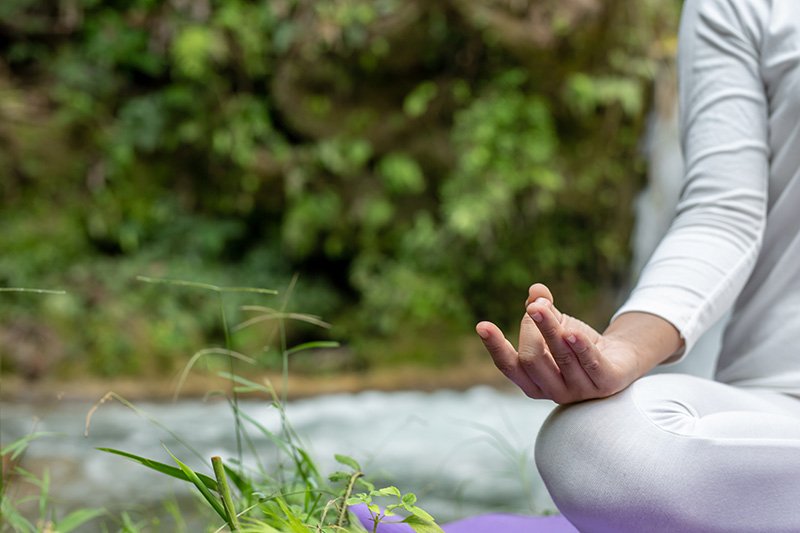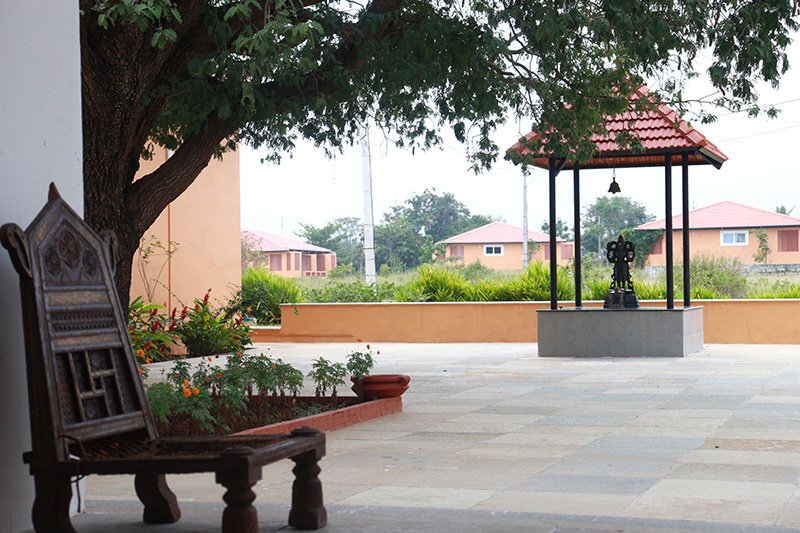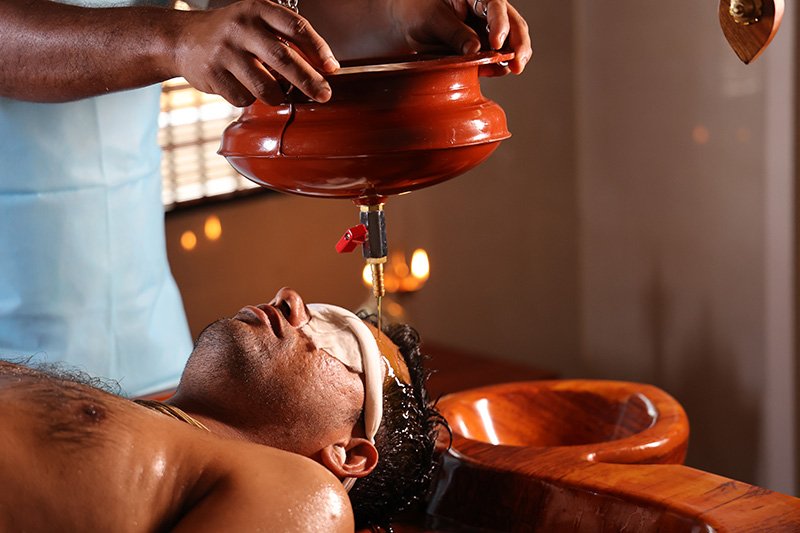Ayurveda is the knowledge system of life and living. Derived from three of the “shad darsanas”- Sankhya, Vaisheshika, and Yoga, it is not very different from any of our philosophical schools, with the subject matter here being a practical approach to life and living of the human being in his greater role of recognising his True nature or essence.

Diving into the subject, we understand that there are only three ways in which we can engage this body-mind-spirit complex called the human being with himself and the world and beyond. The three ways are through the mind [which include the organs of sense], through words, and through actions [involving organs of action]. This is described as, ’Manasa, Vacha, Karmana’.
One of the oft chanted prayers to Patanjali Maharshi goes thus,
“Yogena Chittasya Padena Vacham, Malam Shareerasya ca Vaidyakena, Yopa Karottam Pravaram Muninam, Patanjalim Pranjali Rannatosmi”
“To Patanjali, the highest amongst Munis, who removes the impurities of the mind through Yoga, of words through Speech [language-sanskrit], and of the body through the physician [Ayurveda], I bow down, bringing my palms together.”

This prayer to Patanjali reflects that it is he who revealed the Yogasutras to us. It was the same being who, as Panini, gave us Sanskrit, and it was again the same being as Charaka, who gave us Ayurveda, to remove impurities of mind, speech and body, respectively.
For further reinforcement, let us look at the following shloka from the Sutrasthana of Charaka Samhita.
“Agnivesa krite tantre Caraka pratsamskrite mano vak kaya doshanam
Hartre Ahipataye namah”
Here, the Rishi who is the compiler states, ”This tantra is written by Agnivesa and further refined by Charaka, and I prostrate to Ahipati or Anantha, the King of Nagas who destroys the impurities of the mind, speech and body”.
We thus get the understanding that Yoga, Sanskrit and Ayurveda have been gifted to us for purification and evolution of our mind, speech and body by Anantha, the King of the Nagas.

Ayurveda considers the human being as an inseparable complex of mind, consciousness, and body- ”satwa atma shariram ca trayametat tridandavat”-”mind, spirit and body, the three are a tripod”, and is bound together by the prana. When prana exits, the gross element called body disintegrates and the mind and spirit called the eleven entity Purusa [Sankhya darsana], moves on.

The purpose of birth as a human being is to realise or achieve the Purusharthas of Dharma, Artha, Kama and finally Moksha.
Charaka Samhita explains,”Dharmartha kama mokshanam arogyam moolamuttamam”.
In order to achieve the Purusharthas one needs the substratum of good health or absence of disease – arogya. Diseases are of the mind and body- aadhi and vyaadhi. Ashtanga Hrudaya, one of the most important texts of Ayurveda, after the Charaka Samhita and Susruta Samhita, begins with the statement “ragadi rogan”- “diseases such as emotions,” showing how interdependent and intimately connected are the body and mind, and the need to have a balanced mind and body to pursue anything in the temporal or spiritual world.

One of the darshanas from which Ayurveda is derived is the Yoga darshana, and Ayurveda cannot be practised independent of the practise of Yoga, especially the first five angas of Yama, Niyama, Asana, Pranayama, and Pratyahara.
To know more about the ArogyaM programmes, please visit www.arogyam.life/programmes.
